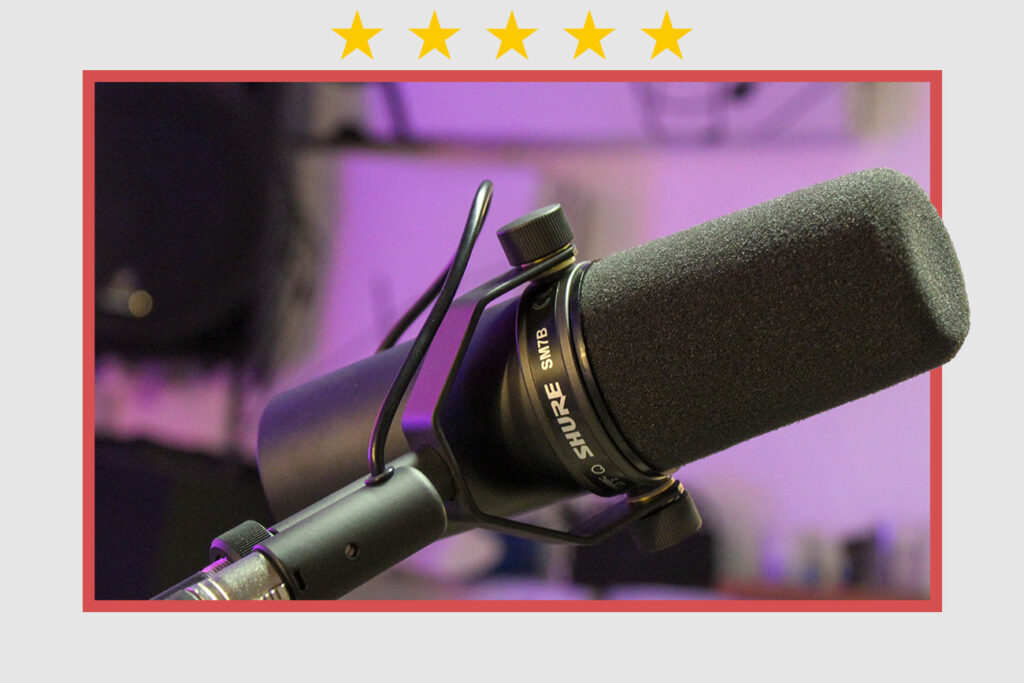Every music producer and engineer knows the Shure SM7B, a now-legendary dynamic microphone that sounds as good and clear as a condenser mic, but offers the advantages of a dynamic mic for live performance or podcast recording.
It sounds full, warm and very transparent, has a cardioid pickup pattern and is not very susceptible to feedback because the sound is attenuated from the sides and behind. That's why it's a great microphone for live concerts and podcasts.
But what makes this microphone different from other dynamic microphones like Shure's SM58 or SM57, that even Michael Jackson recorded his vocals on the Thriller album with this microphone (actually the SM7, its predecessor)? And why is it seen in every second YouTube video and in every studio in the world?
There are 4 important aspects that have made the SM7B a legend among dynamic microphones:
1. The sound
The sound of this microphone is incredibly good and more comparable to an expensive condenser microphone. The bass is surprisingly full and rich, which is not often the case with dynamic mics. The mids and highs are strong and present, as you would expect from Shure, and let the sound cut through the mix.
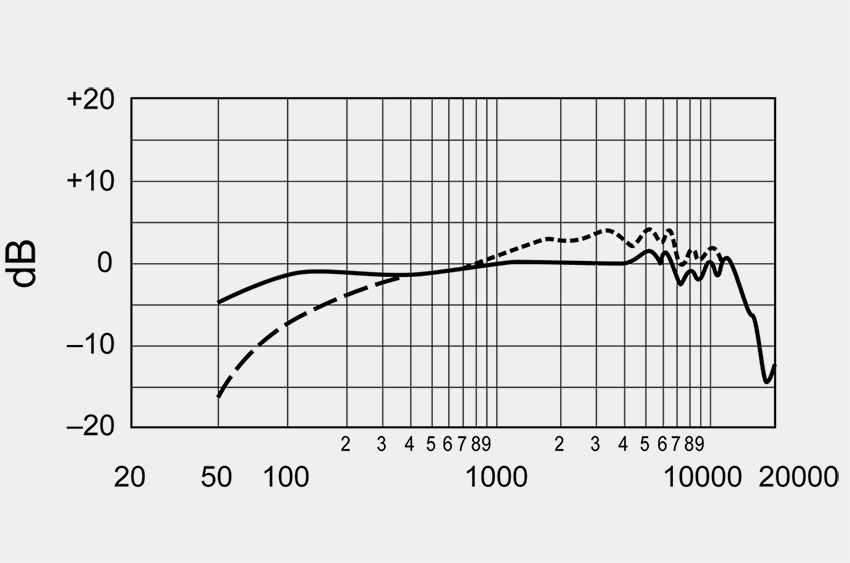
The frequency response is very linear and balanced, and the sound is crystal clear and transparent. You can hear an incredible amount of detail in the voice with this microphone that you can't hear with other dynamic mics - again, this microphone is quite similar to expensive condenser mics like the Neumann U87.
I often set this mic up next to my Neumann U87 (a mic that costs almost 7 times as much) for a recording to choose the better sounding mic later, and quite often the Shure SM7B proved to be better for songs, especially for female voices.
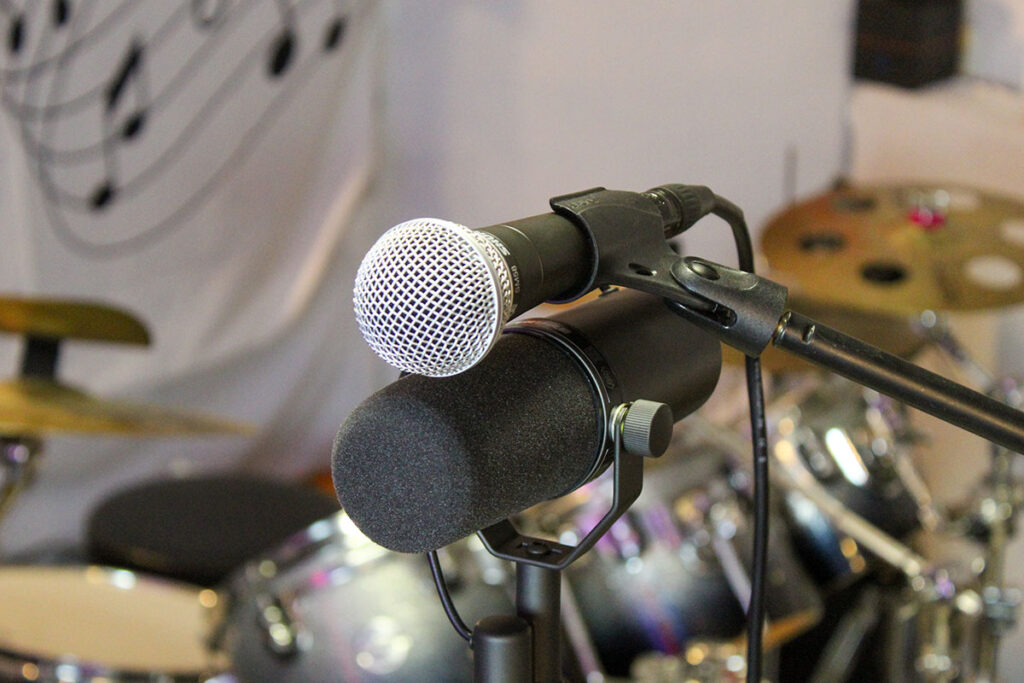
This microphone has also proven to be incredibly good for loud and punchy vocals, such as in rock or hip-hop, especially in studio applications. Artists such as Green Day, Bob Dylan, Sheryl Crow, Metallica, and of course Michael Jackson have often used this microphone for vocal recordings.
This is worth mentioning because the use of dynamic microphones for vocal recording in the studio is relatively rare, as condenser microphones are actually better suited for such applications. The Shure SM7B is an exception.
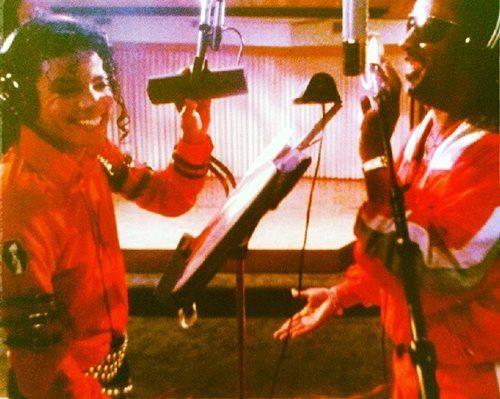
2. Sounds good even in poor room acoustics
Unlike condenser mics, the Shure SM7B greatly reduces or attenuates sound from the back and sides, making it ideal for live and podcast applications. A live concert with a condenser mic would be unthinkable because of feedback, but with the Shure SM7B you can get similar sounding vocals without the feedback issues.
The sound is also much more direct and less roomy, meaning that this microphone sounds relatively good even in poor room acoustics because only the direct sound is picked up. A condenser microphone, on the other hand, sounds much worse in a room with poor acoustics, because it picks up more reflections.
That's why the SM7B is often the first choice for producers and podcasters who don't have good room acoustics and want to record vocals or speech in professional quality. But it's also a great feature for Youtubers who often record in acoustically untreated rooms - 90 percent of the Youtubers I know use this mic.
3. Improved noise reduction
The Shure SM7B is specifically designed to minimize electromagnetic interference for better sound quality. Electromagnetic hum caused by monitors, lighting, or poor isolation is specifically suppressed. This is the only difference from its predecessor, the Shure SM7, which was not as well shielded against noise.
So you can put a lot of gain through the preamp - which is what this microphone needs - and still have a clean, noise-free sound. And live, this is a great feature because there are often many sources of potential background noise on stage.
It is recommended to use a Fet Amp (like the TritonAudio Fethead or the Thomann FetAmp) before the actual preamp, because this mic really needs a lot of gain (at least 60 dB). Some preamps can start to generate noise themselves with that much gain - this is the case with my Soundcraft Ghost mixer. You can just plug the FetHead directly into the mic, and you have 27dB more gain, so the preamp from the mixer or interface only has to do about half of that and doesn't produce noise anymore.
4. Versatility
The Shure SM7B is not only great for vocals and speech recording, but also for many other instruments. Snare drums, guitars, guitar amps, Bass amp or wind instruments sound great with this microphone. Loud and soft sound sources can also be recorded very well with this microphone.
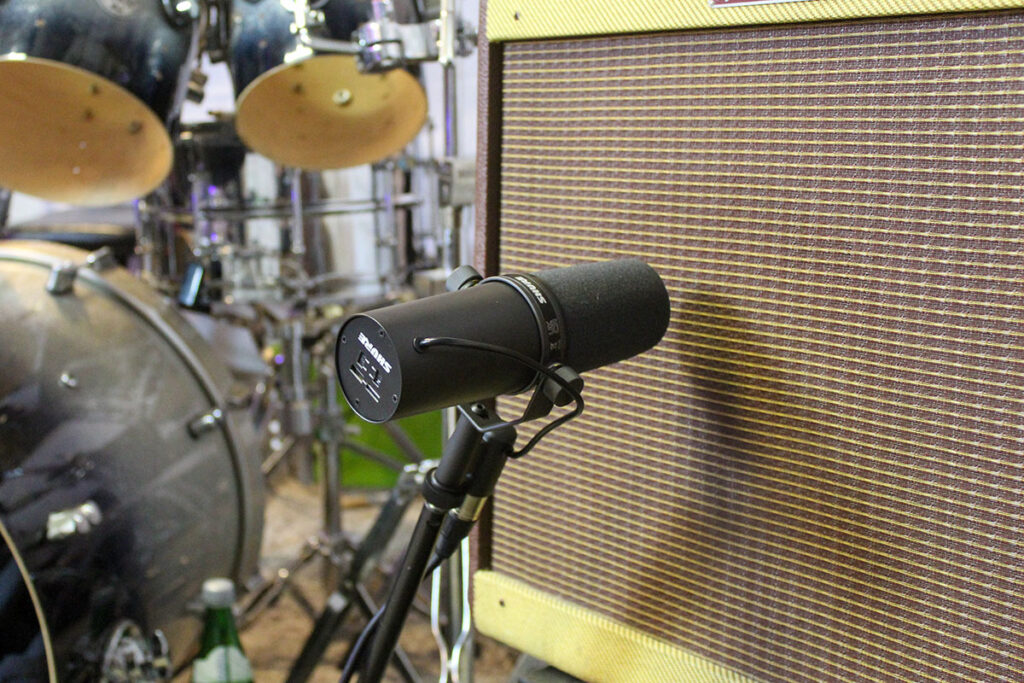
The SM7B has a flat frequency response over a wide range, so all audio signals can be captured with great accuracy and fidelity. This allows the microphone to be used with virtually any instrument.
The bass rolloff switch and the presence boost are extremely helpful, especially the presence boost, which makes the vocals really pop and cut through the mix- very handy for live situations.
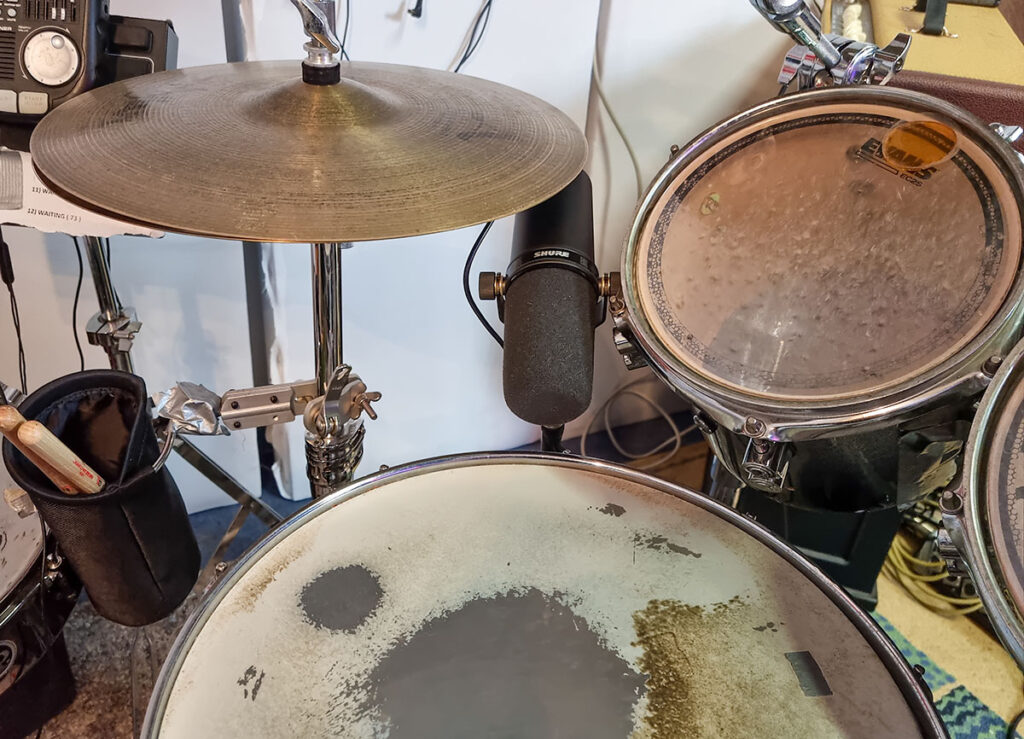
It can be found in studios as well as on many stages, making it suitable for both recording and live performance. The fact that you don't need good acoustics to get a good sound makes this microphone very versatile and suitable for any situation.
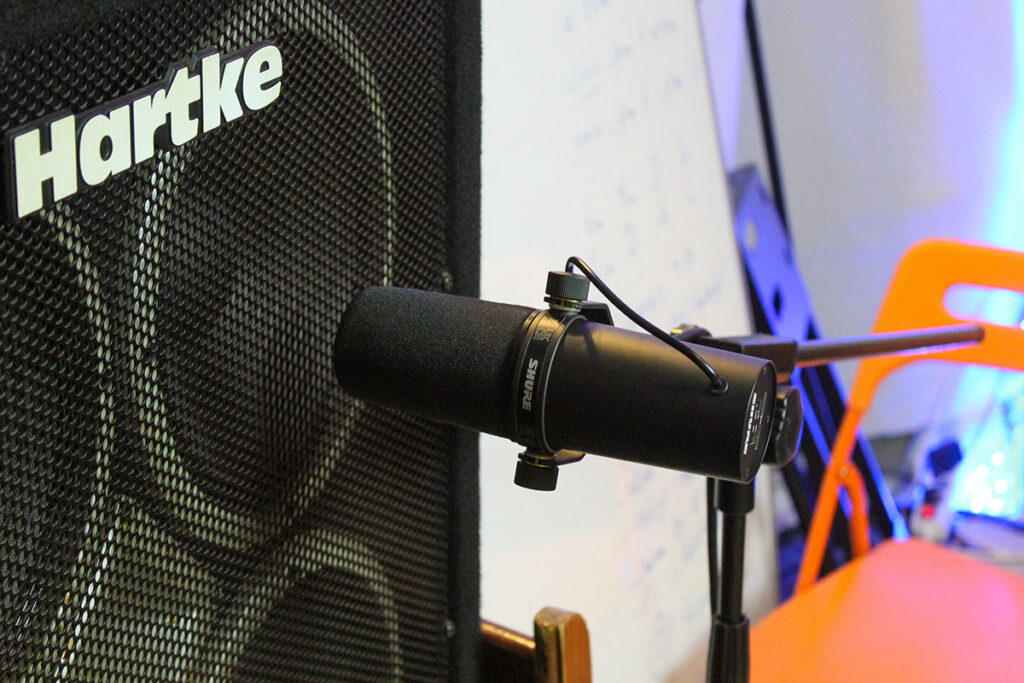
The story of the Shure SM7B
The Shure SM7B had two predecessors before it was produced in this form. As mentioned earlier, this microphone was originally designed for broadcast applications, but quickly gained popularity among musicians.
- The origins: The SM7 (1973)
The Shure SM7 was first introduced in 1973 as an evolution of the Shure 565SD Unisphere I and Shure SM5. Designed for studio recording and broadcast applications, the SM7 offered a flat, wide frequency response at a very affordable price. Sound engineer Bruce Sweiden used this microphone on all of Michael Jackson's vocal recordings for his 1982 album "Thriller", making this microphone enormously popular. - SM7A Revision (1999)
In 1999, Shure made several improvements to the original SM7 that led to the development of the SM7A. Changes included an improved internal shock absorber system and enhanced electromagnetic shielding to reduce hum and noise from external electronics. This revision also introduced the now legendary bracket mounting system for easy positioning and adjustment. - SM7B: The modern classic (2001)
The Shure SM7B, the current model, was introduced in 2001. It features some significant improvements over the SM7A, such as an improved design for better protection against mechanical noise, improved shielding against broadband interference, a presence boost switch, a removable windscreen to reduce plosive sounds, and a bass rolloff switch to control proximity effect.
Historical facts about the Shure SM7B
Over the years, the Shure SM7B microphone has earned a place in music history and is popular with music producers as well as speakers and podcasters.
Did you know that....
- ... the Shure SM7 was used to record James Hetfield's vocals on the 2008 Metallica-Album "Death Magnetic"? The ability of the microphone to handle the aggressiveness and power of Hetfield's vocal style proves its versatility for hard vocal styles as well.
- ... the SM7B was used as the vocal microphone during the recording of Bob Dylan's album "Modern Times" (2006) to capture his distinctive voice? The microphone's flat frequency response and suppression of background noise helped to create a clear and intimate vocal sound that contributed to the overall atmosphere of the album.
- ... the late chef, author and TV star Anthony Bourdain used the Shure SM7 for his voice-over work on various projects, including his popular TV shows No Reservations and Parts Unknown? For Bourdain's narration style, the microphone was an excellent choice due to its clear and natural voice pickup.
- ... producer Rick Rubin and engineer Brendan O'Brien chose the Shure SM7 to record Anthony Kiedis' vocals for the Red Hot Chilli Peppers-Album "Blood Sugar Sex Magik"?
Conclusion
Musicians have been using this microphone since 1973, but it wasn't until 2009 that it became popular with podcasters and YouTubers. That was when the era of content creators began, and suddenly everyone wanted this microphone. It is now Thomann's No. 1 vocal microphone and has achieved a legendary status that no one can take away from it.
Price: 389€, Link: Thomann





